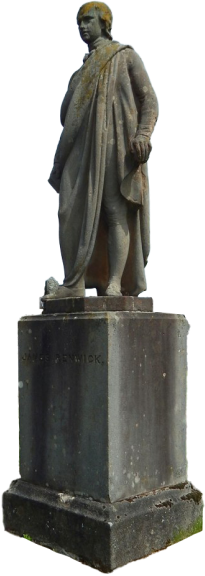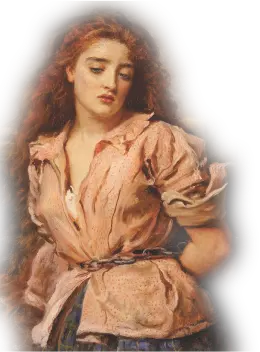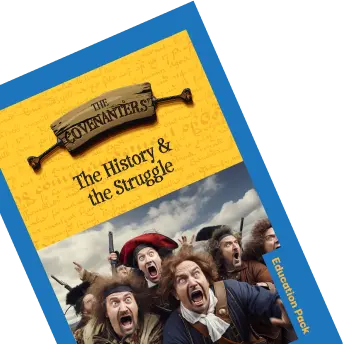

The 17th century was marked by significant turmoil, with religious, political, and social upheavals across Europe. One of the most turbulent episodes of this era is known as “The Killing Times” in Scotland, a period of intense persecution and violence from the early 1670s to the late 1680s. This era is emblematic of the wider struggles between Presbyterian Covenanters and the Stuart monarchy, which sought to impose Anglican practices and royal authority over the Scottish Church. Understanding The Killing Times requires delving into the religious, political, and social contexts of the time, exploring key events, figures, and consequences.
The Covenanters and the Stuart Monarchy
The origins of The Killing Times lie in the rise of the Covenanters, a Scottish Presbyterian movement opposing the Stuart kings’ attempts to impose Anglicanism and royal control over the Church of Scotland. The Covenanters took their name from the National Covenant of 1638, rejecting the king’s interference in religious affairs and upholding the Presbyterian Church’s independence. This movement gained substantial support, leading to the Wars of the Three Kingdoms, including the English Civil War.
The Covenanters aligned with the English Parliament against King Charles I, and their influence peaked during the Interregnum under Oliver Cromwell’s Commonwealth. However, the Restoration of the monarchy in 1660 brought Charles II to the throne, renewing efforts to reassert royal authority and Anglican conformity.

With Charles II’s return, Scottish Covenanters faced increasing marginalization and persecution. The new king sought to re-establish episcopacy, appointing bishops to govern the Church of Scotland and suppressing Presbyterian practices. This led to widespread resistance, particularly in the southwestern Lowlands.
The turning point came in 1670 with the Conventicle Act, banning unauthorized religious gatherings. Covenanters defying this law faced harsh penalties, including fines, imprisonment, and execution. The government’s enforcement efforts intensified, leading to brutal crackdowns on dissenters.
The Killing Times: Escalation of Violence
The period known as The Killing Times is generally dated from 1679 to 1688. In 1679, the Covenanters suffered a significant defeat at the Battle of Bothwell Bridge, leading to increased repression. The situation worsened under Charles II’s brother, James VII (James II of England), who ascended the throne in 1685. James, a Catholic, faced deep suspicion from his predominantly Protestant subjects. His attempts to promote religious tolerance for Catholics paradoxically resulted in harsher measures against Presbyterian dissenters in Scotland.
During The Killing Times, government troops, known as the “Highland Host” and later the “Killing Times dragoons,” were deployed to eliminate Covenanter resistance. These soldiers executed suspected Covenanters without trial, destroyed homes, and instilled a reign of terror. Notable incidents include the murder of John Brown of Priesthill, shot in front of his wife for refusing to swear allegiance to the king, and the execution of Margaret Wilson, drowned for her refusal to renounce her faith.
The Killing Times ended with the Glorious Revolution of 1688, which overthrew James VII and brought William of Orange and Mary to the thrones. William and Mary were Protestants, marking the end of the Stuart attempts to impose religious conformity in Scotland. The Revolution Settlement of 1690 restored Presbyterianism as the national church, granting freedom of worship and ending the persecution of the Covenanters.
Legacy and Memory
The legacy of The Killing Times is profound in Scottish history, symbolising the struggle for religious freedom and resistance against tyranny. The Covenanters are remembered as martyrs who stood firm in their faith despite overwhelming odds and brutal repression. Memorials and monuments to the Covenanters can be found throughout Scotland, and their stories are still recounted in Scottish culture and historiography. The Killing Times serve as a poignant reminder of the cost of religious and political freedom and the enduring human spirit’s resilience in the face of oppression.
The Killing Times were a dark period in Scottish history, marked by brutal persecution, religious strife, and the struggle for freedom. The events of this era, driven by the conflict between the Covenanters and the Stuart monarchy, left an indelible mark on Scotland’s collective memory, shaping its historical narrative and identity.

Find out more about our outreach packs and programmes

Add in some of your details below to sign our digital visitor book and keep in touch with us
Lochgoin Covenanters’ Museum is open from
9:am – 5:30 pm Monday – Sunday
Lochgoin Farm
Fenwick, East Ayrshire
KA3 6EX
info@lochgoin.org